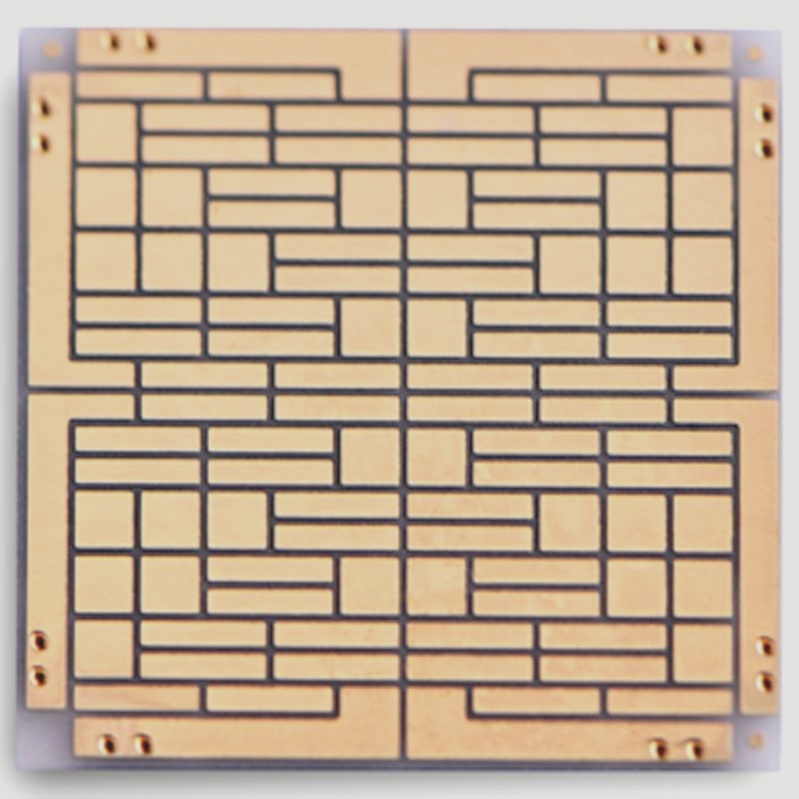Introduction
Resistors are among the most commonly used components in electrical circuits. Their primary function is to regulate the flow of electrical current by introducing or removing resistance. Resistors come in various sizes and shapes, and can be categorized into fixed and variable types. A fixed resistor operates with a constant resistance value, whereas a variable resistor allows the resistance to be adjusted over a specific range. Variable resistors are further divided into linear and nonlinear types. The potentiometer, being the most widely used variable resistor, is the focus of this discussion. Let’s dive into the details!
Defining the Potentiometer
Commonly referred to as the POT, a potentiometer is a three-terminal variable resistor. It consists of two fixed terminals and one adjustable terminal. The adjustable terminal can be either linear or rotary. The resistance value of a potentiometer can be varied within a specified range, from zero up to a maximum value. Essentially, it has both a lower and an upper limit.

Figure 1: The Potentiometer

Figure 2: The Potentiometer Symbol
The Working Principle of the Potentiometer
As mentioned earlier, a potentiometer consists of three terminals. The two fixed terminals are connected to resistive elements, while the adjustable terminal is connected to a wiper. Let’s take a look at the simple circuit diagram below.

Figure 3: Potentiometer Circuit Diagram
In the circuit diagram above, the potentiometer’s terminals are labeled 1, 2, and 3. The supply voltage is applied across terminals 1 and 3, with terminal 1 connected to the positive and terminal 3 to the negative. Terminal 2 is the output terminal, typically connected to a wiper. This terminal divides the resistance between terminals 1 and 3 into two parts: R1 and R2. From the diagram, the voltage across the resistance R2 is what is measured at the wiper. The resistance increases as the length of the resistive material increases, assuming the material remains the same.
The circuit above can be modeled as a voltage divider, with the output voltage calculated using the following equation:

To adjust the output voltage, we slide the potentiometer wiper towards terminal 3, thereby changing the resistance value of R2. If the wiper is positioned at terminal 1, the resistance is zero, and the voltage across the wiper equals the supply voltage.
To better understand the principle of operation, let’s consider the following example:
Example 1
A 150-ohm resistor (R1) is connected in series with a 50-ohm resistor (R2) across a 10V power supply, as shown in the figure below. Calculate the total series resistance, the circuit current, and the voltage drop across R2.

Figure 4: Potentiometer Problem 1 Circuit
Solution 1
Since the resistors are connected in series, the total resistance (R) is the sum of the individual resistances:

By adjusting the values of any of the resistors, the voltage across the resistors can range from 0V to 10V, as long as the total resistance in the circuit remains constant.
Types of Potentiometers
- Linear type: The wiper moves along a straight resistive strip.
- Side potentiometer: Composed of a single resistive strip, which provides the surface for the wiper to slide along.
- Dual slide potentiometer: Made by connecting two slide pots in parallel for calibration purposes.
- Multi-turn potentiometer: Uses a spindle to actuate the slider, requiring 5, 10, or even 20 turns for improved precision.
- Motorized fader: The wiper is controlled by a motor.

Figure 5: Types of Potentiometers
Important Potentiometer Sizing Formulas
1. The Potential Gradient (k)
The potential gradient can be calculated using the following formula:

2. EMF / Potential Difference Measurement
Let the balancing length for the emf (E0) of the cell be I0, and for the potential difference (V), let it be I. Then:

3. Small Resistance Measurement
The potential difference across resistor R is given by:

4. The Cell’s Internal Resistance
Let the emf of the cell be E, and the terminal voltage be V. The internal resistance of the cell can be calculated using:

Potentiometer Calibration
To begin calibration, the error must first be calculated, which is the difference between the actual and apparent values:

A calibration curve can then be plotted, which is a graph of the error versus the apparent values.
Actual values are those measured by the potentiometer for voltage or current.
Applications of the Potentiometer
- Audio control: Used to adjust the volume or loudness in audio systems.
- Television: Controls the brightness of the picture.
- Motion control: Used as position feedback devices in closed-loop control systems.
- Transducers: Used in displacement transducers due to their large output signals.
Summary
This article has provided insight into the following:
- The definition of the potentiometer as a three-terminal variable resistor.
- The potentiometer symbol and its significance.
- How potentiometers regulate voltage or current in a circuit.
- How to calculate various parameters of the potentiometer for optimal sizing



